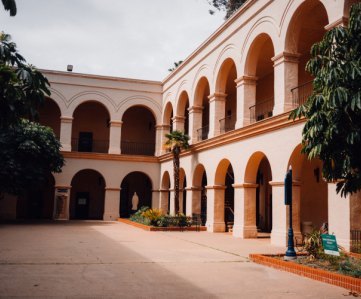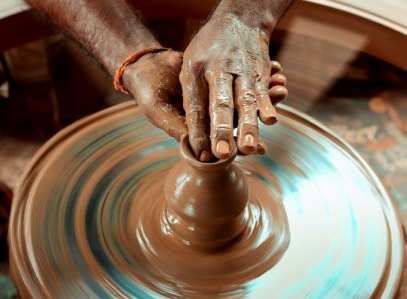 The Colonial style in American art stands as a testament to the nation’s early history and the enduring influence of European traditions on the New World. Emerging in the 17th century and lasting well into the 18th century, the Colonial style encapsulates the artistic expressions of the colonial period, rooted in the cultures of the European settlers, predominantly English and Dutch.
The Colonial style in American art stands as a testament to the nation’s early history and the enduring influence of European traditions on the New World. Emerging in the 17th century and lasting well into the 18th century, the Colonial style encapsulates the artistic expressions of the colonial period, rooted in the cultures of the European settlers, predominantly English and Dutch.
Architectural Legacy
Colonial architecture in America reflected the architectural styles of the mother countries, but it also adapted to the unique needs and available materials of the New World. The Colonial period saw the construction of characteristic homes, churches, and public buildings, often characterized by steep gabled roofs, brick or wooden siding, and central chimneys. The simple yet elegant designs embodied the spirit of practicality and function.
One of the most recognizable architectural styles of the Colonial era is the Saltbox house. This house design featured a sloping roof resembling a saltbox container, which served both practical and aesthetic purposes. The Cape Cod house, another quintessential Colonial structure, emphasized symmetry and simple, functional lines.
Colonial Artistry
In the realm of visual arts, the Colonial period in America was marked by a focus on portraiture, as many colonists wanted to capture their likeness and status. Portraiture became a prominent art form, with artists like John Singleton Copley producing stunning portraits that offer insight into the lives and aspirations of the colonial elite.
Colonial Painting
American artists during this period often sought inspiration from European traditions, especially the British and Dutch schools. Dutch influences, in particular, can be seen in the meticulous attention to detail and the use of light and shadow in many American Colonial paintings. These artists often depicted their subjects in a straightforward and realistic manner.
Colonial Folk Art
Another distinctive aspect of Colonial art was the emergence of folk art, characterized by its simplicity and emphasis on everyday life. Folk art encompassed a wide range of media, including paintings, textiles, and decorative arts. Many folk artists were self-taught, and their works often featured naive, yet charming, representations of rural life.
Colonial Craftsmanship

Craftsmanship played a crucial role in Colonial art. Skilled artisans, including silversmiths, cabinetmakers, and blacksmiths, produced objects of functional beauty. The concept of form following function was prevalent during the Colonial era, with items such as pewter tankards, Chippendale chairs, and Delftware reflecting the practical yet elegant aesthetic.
The Legacy of Colonial Art

The Colonial style in American art reflects the early history and cultural foundation of the United States. It serves as a window into the everyday lives, aspirations, and aesthetics of the colonial period. The legacy of Colonial art is visible not only in historic buildings and museum collections but also in contemporary design trends that draw inspiration from the simple, elegant, and practical aspects of this bygone era.
In conclusion, Colonial art in America is a testament to the fusion of European traditions and the practical needs of a budding nation. The style embraced both functionality and aesthetics, leaving behind a rich legacy that continues to influence the art and design world. The enduring allure of the Colonial style lies in its timeless elegance, rooted in the history and heritage of early America.
